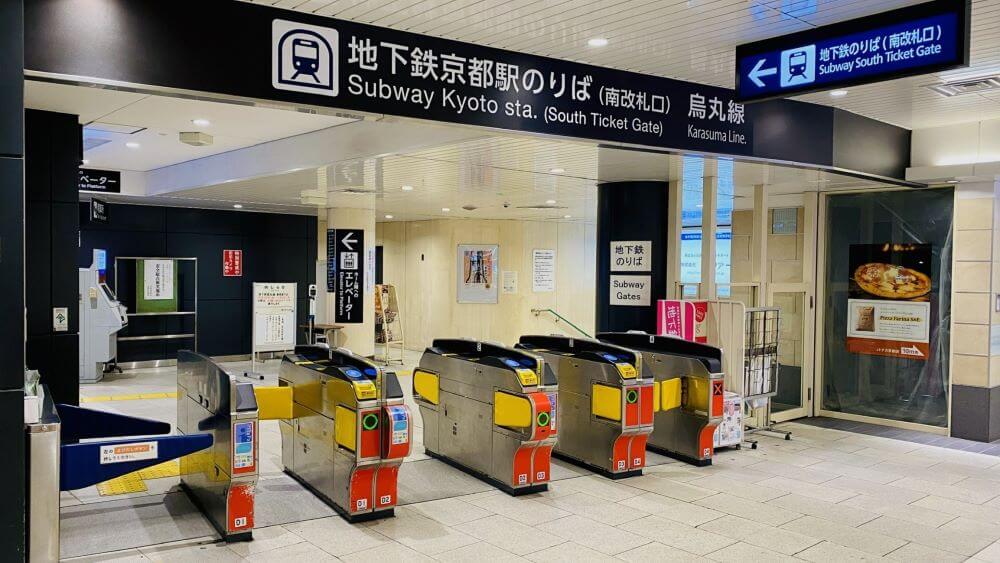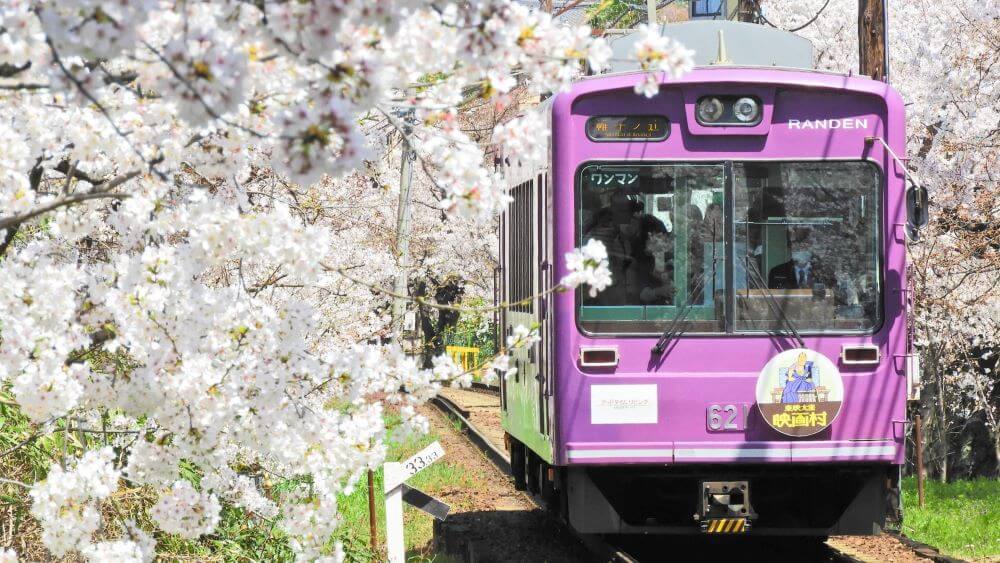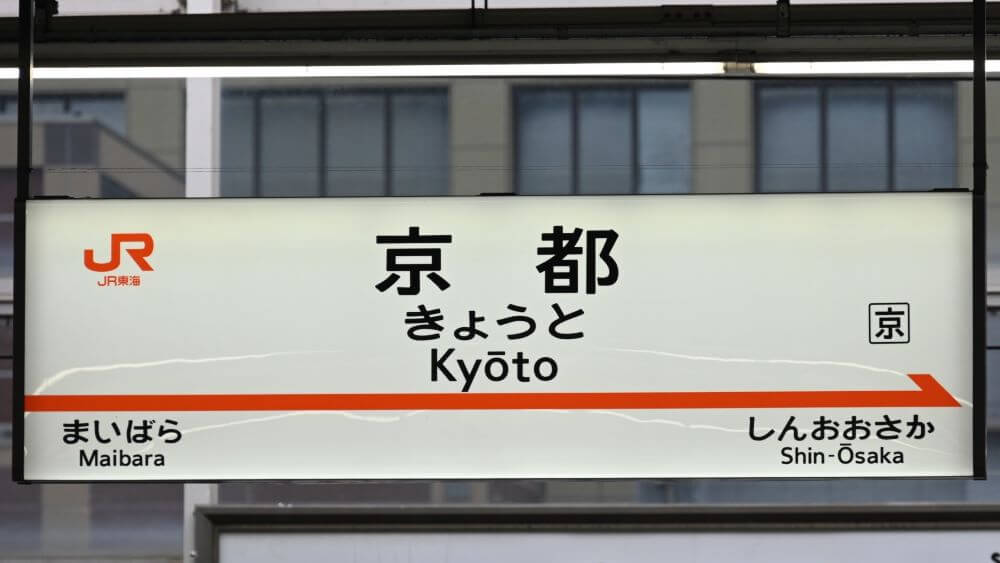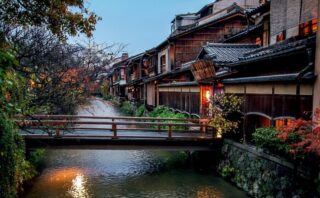Kyoto is a must-visit destination where the rich traditions of ancient Japan are still alive. To efficiently explore the city’s temples, shrines, and natural beauty, it’s essential to make good use of the public transportation system. In this article, we’ll introduce Kyoto’s train networks, including the Metro, JR (Japan Railways), and private railways, and provide information on travel passes and route maps.
Kyoto’s Public Transportation
Kyoto has a well-developed transportation network, with trains, buses, and bicycles being the main modes of travel. The city’s train services include the Municipal Subway, JR, and private railways. Trains not only serve the city but also provide smooth connections to nearby destinations like Osaka and Nara, making them an excellent option for day trips.
Trains in Kyoto are typically punctual, which makes them a reliable option for sightseeing. Many of Kyoto’s top attractions can be reached by train alone, though combining trains with buses is recommended for even more efficient travel.
Keep in mind that different train operators may require separate tickets. For convenience, you can use a one-day subway and bus pass or an IC travel card (such as ICOCA or Suica), which works across most operators.
Kyoto’s Main Train Lines
Kyoto Subway

Kyoto’s municipal subway has two main lines: the Karasuma Line, which runs north to south, and the Tozai Line, which connects the eastern and western parts of the city. These lines intersect at Karasuma Oike Station, located near the centre of Kyoto.
The subway is user-friendly and ideal for tourists. Fares vary based on distance, usually ranging from 200 to 350 yen. One-day subway passes are available for 800 yen, and there’s also a subway and bus one-day pass for 1,100 yen. You can purchase these at subway stations, bus offices, or even on board the buses.
Main sites accessible via the subway:
- Karasuma Line: Kyoto Station, Shijo (downtown), Kyoto Imperial Palace
- Tozai Line: Nijo Castle, Nanzenji Temple
JR (Japan Railways)

JR operates several lines from Kyoto Station, providing convenient access to the suburbs and beyond. For trips to cities like Osaka and Nara, JR trains are the best choice. JR also operates the Shinkansen (bullet train), connecting Kyoto to Tokyo, Hiroshima, and more. If you have a JR Pass, it can be used on JR lines within Kyoto.
Main attractions accessible via JR:
- Sagano Line (Sanin Main Line): Kyoto Station, Nijo Castle, Arashiyama
- Nara Line: Kyoto Station, Fushimi Inari, Uji, Nara
- Kosei Line: Kyoto Station, Mount Hiei, Lake Biwa
- Kyoto Line: Direct route to Osaka from Kyoto Station
JR Kansai Region Route Map (English)
Private Railways (Hankyu, Keihan, and Randen)

For areas not served by JR or the subway and suburbs, private railways are a great alternative. The Randen (Keifuku Railway) is especially popular as it’s a scenic tram that takes you through quaint neighbourhoods on the way to Arashiyama.
Each private railway has its own fares and schedules, but you can also find convenient one-day passes that include discounts at tourist sites, typically priced between 1,000 and 2,000 yen.
Main attractions accessible via private railways:
- Hankyu Line: Kawaramachi (downtown), Katsura Imperial Villa, Osaka
- Keihan Line: Shimogamo Shrine, Gion, Fushimi Inari, Uji
- Randen (Keifuku Railway): Arashiyama
To fully enjoy all that Kyoto has to offer, it’s essential to make the most of its public transportation options with the right combination of train lines and travel cards. Enjoy your trip to Kyoto, the most beautiful city in Japan.



